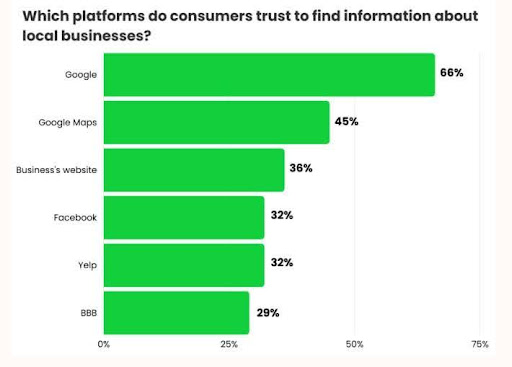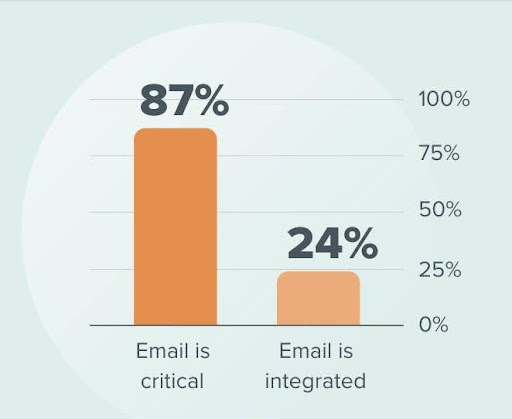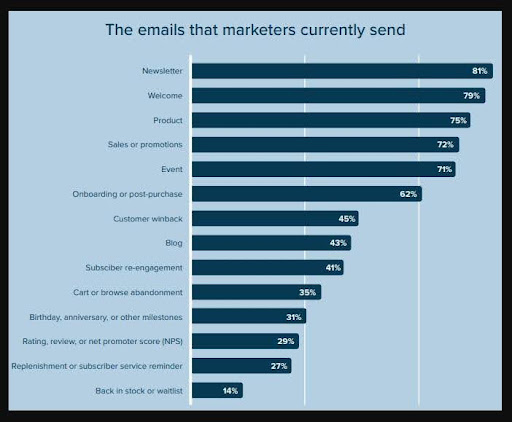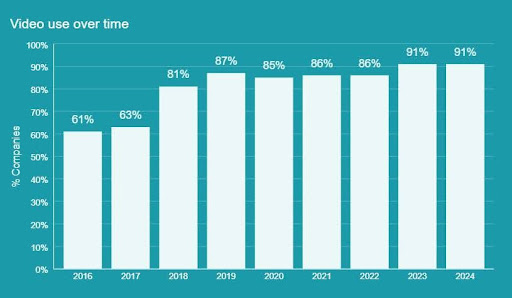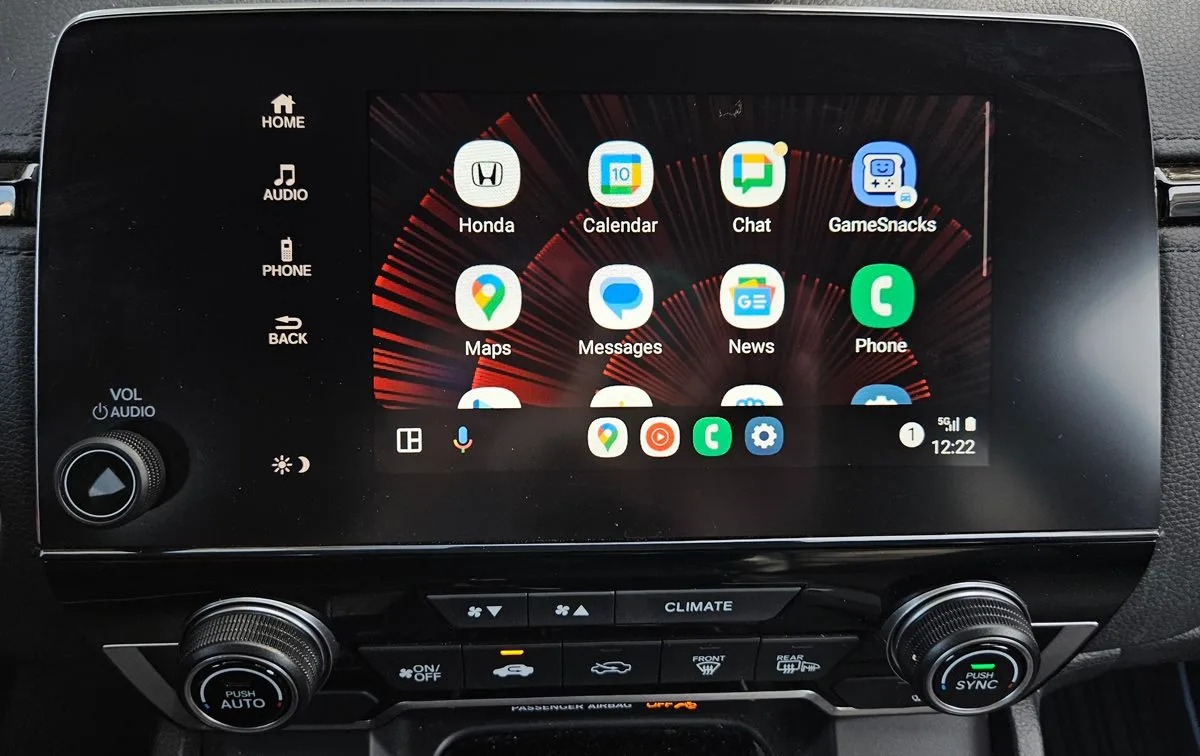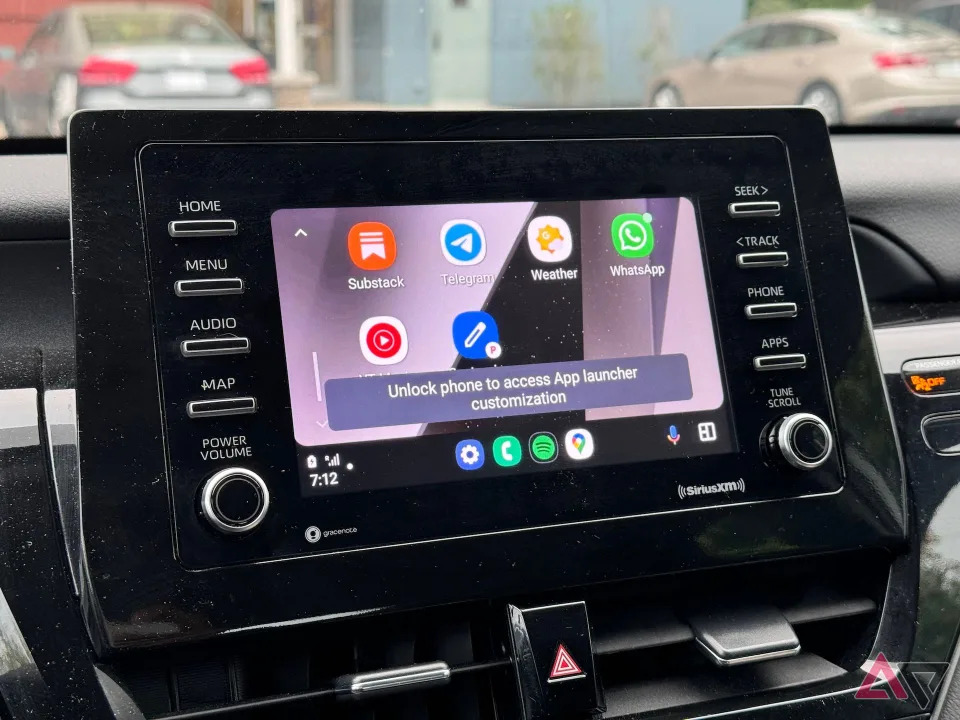Local Brands Can Find a Gen Z Connection Via Radio’s Influencers

As the “original influencers,” radio personalities have been at the forefront of creator-generated content long before it was called that. Now new data shows the power in all brands harnessing that content, which provides plenty of opportunity for local radio.
A new report by Nielsen’s NCSolutions reveals that 48% of Americans and 66% of Gen Z have purchased products discovered through content generated by influencers on social media or streaming apps. The survey also measured consumer reactions to creator-generated advertising. 47% felt entertained, 43% were inclined to research the product, 24% were likely to share the endorsed product with friends and family, and 23% felt inspired by the content.
While Gen Z leads in purchasing products through influencer content, other generations are not far behind. Millennials follow at 55%, Gen X at 41%, and Baby Boomers trail at 24%.
A lot of what drives Gen Z to buy from content-creators is another one of radio’s strong suits: trust. More than a quarter of Gen Z – 12% more than all other generations – believe influencers have their best interests in mind when endorsing products, and 21% trust influencers’ recommendations, compared to 13% of other generations.
With radio working directly at the local level on multiple platforms, this presents upside for local brands – as long as the talent is leveraged correctly. So what’s the best way to connect with these audiences? NCSolutions says humor tops the list, with 50% of Americans selecting it as the primary driver for connecting and purchasing. “How-to” videos follow at 40%, then music comes in third at 37%.
This aligns with a 2023 Maru/Matchbox study that emphasized the influencer-type connection that AM/FM listeners form with radio personalities based on humor and trust. The study found that 90% of respondents agree that their favorite hosts make them laugh, while 64% say personalities make them think.
NCSolutions’ Chief Marketing Officer Deirdre McFarland commented, “As brands seek to drive incremental sales, building loyal long-term customer relationships with younger buyers is a strategy that enables continued growth…This new consumer study about creator content shows that pairing your brand with the right creator not only raises the power of creative, but also enhances brand connections, allowing advertisers to make lasting impressions with consumers.”







